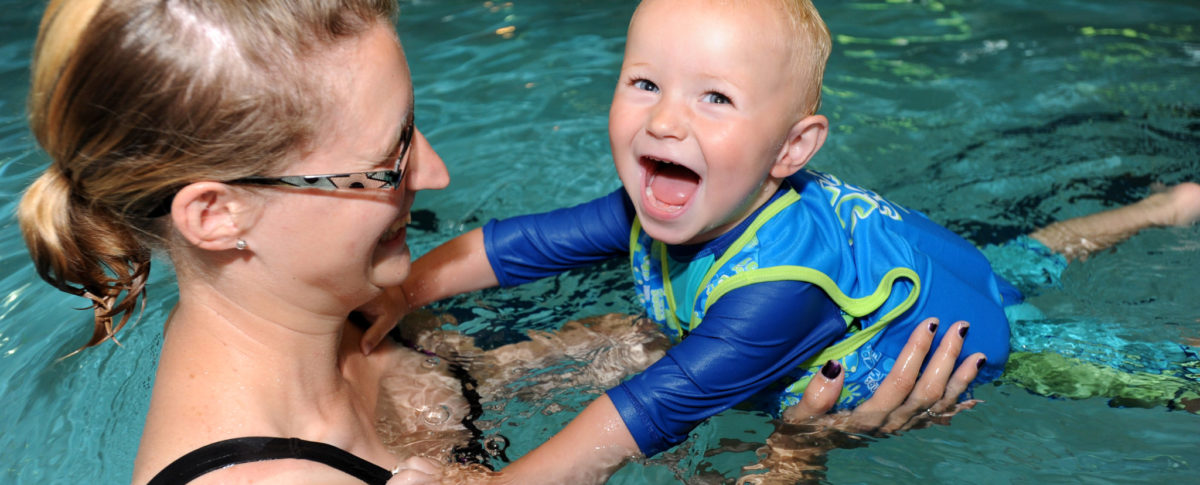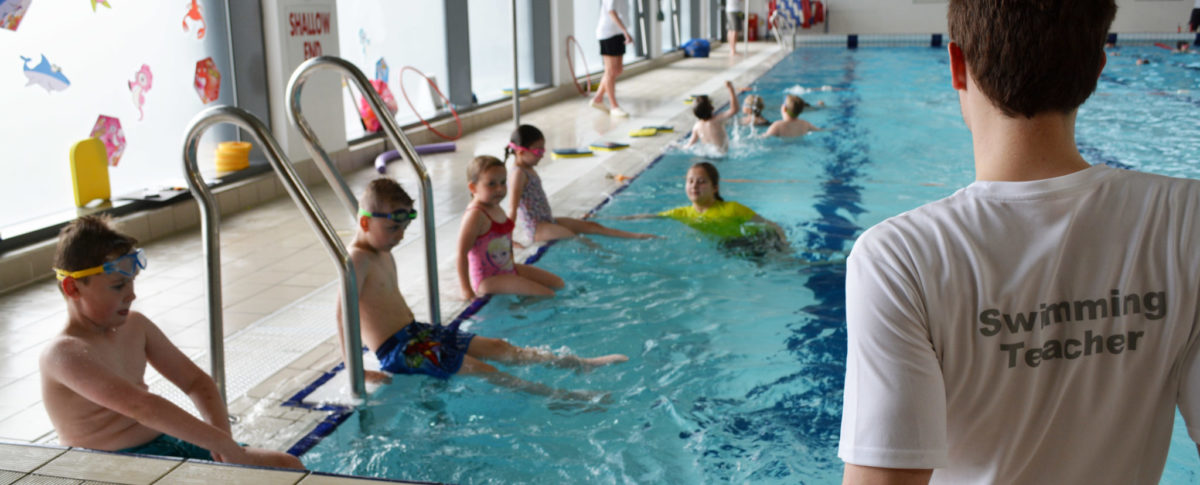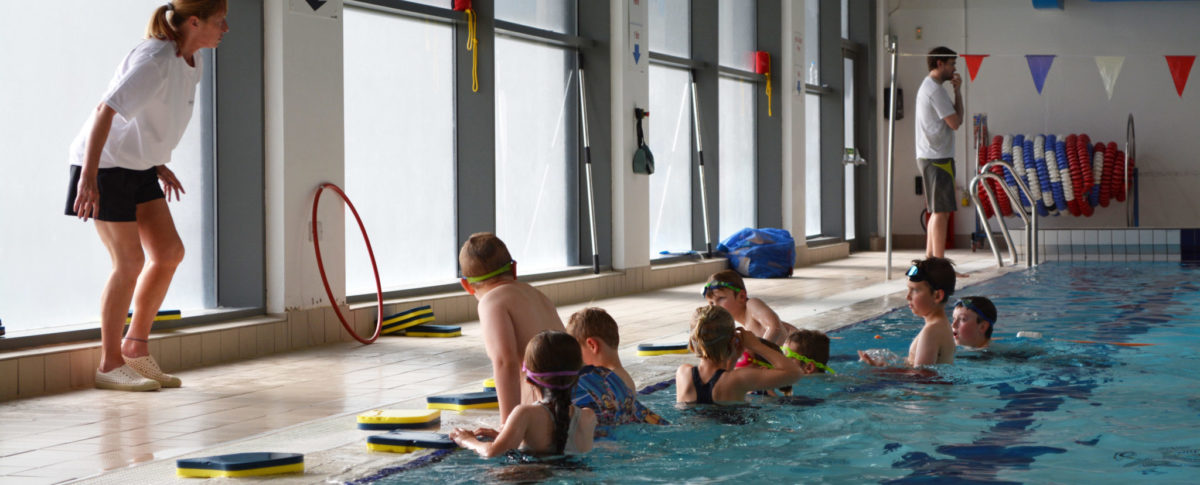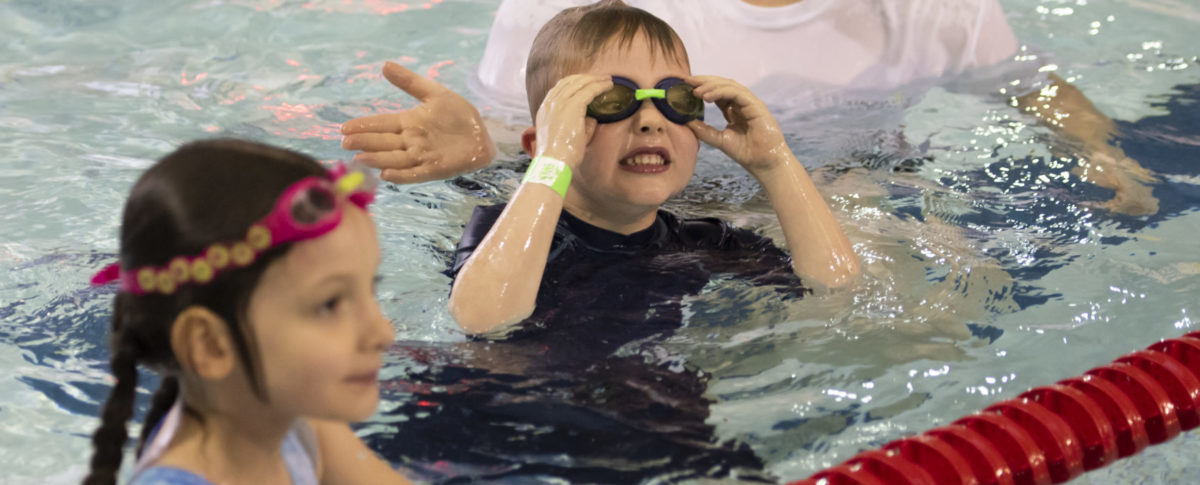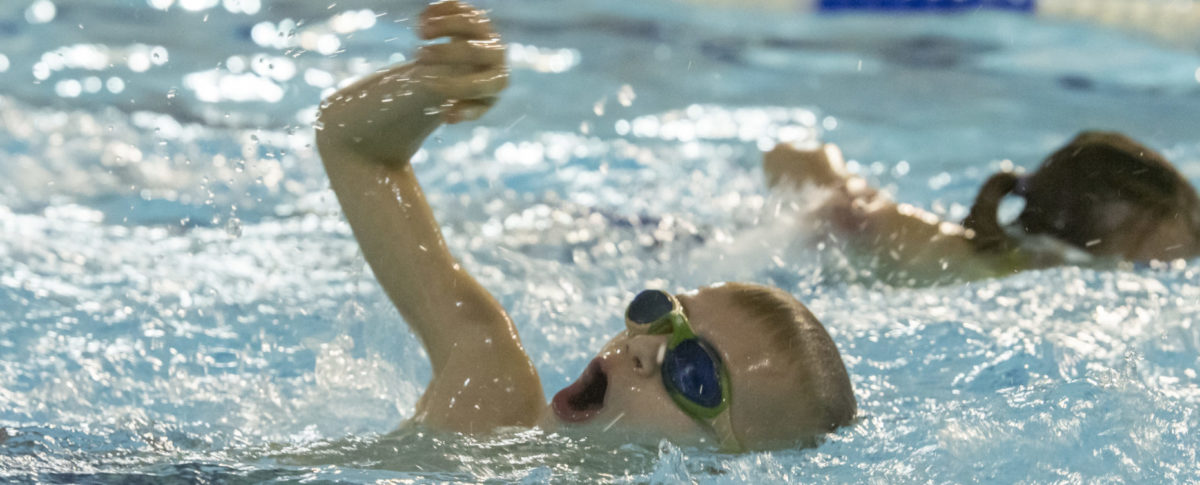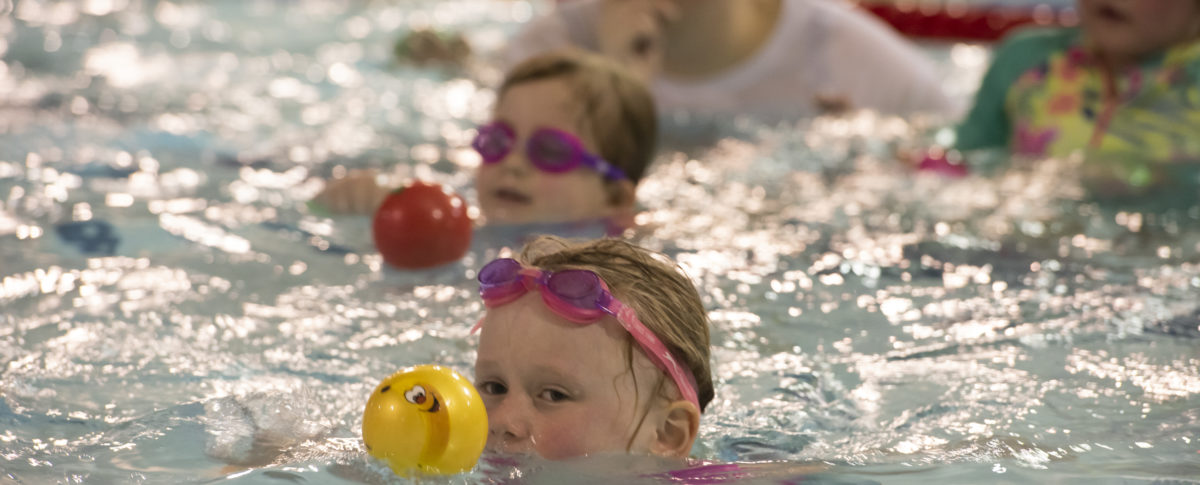Swimming Lesson Stages
Discovery Duckling | 0-2yrs
The Discovery Ducklings Awards 1-4 form part of the Swim England Pre-School Framework, this is the first part of the Swim England Learn to Swim Programme. These Awards are targeted at babies and young children who are new to swimming. They are suitable from birth (subject to the health visitor advice being followed) and lead nicely into the Duckling Awards.
Children should remain close to their parents/guardians throughout the activities to build their security and confidence.
Ducklings | 2-4yrs
The Duckling Awards 1-4 form part of the Swim England Pre-School Framework, this is the first part of the Swim England Learn to Swim Programme. The Awards are for learners aged between two and five years, who have gained water confidence by completing the Discovery Ducklings and are ready for more independent swimming.
Core Framework from Stages 1-10
Stage 1 | Beginner | 4yrs+
Swim England Learn to Swim Stage 1 helps to build water confidence, while introducing water safety skills and the basic skills needed to build swimming ability. Learners will develop basic safety awareness, learn basic movement skills and water confidence skills. They will also be introduced to a structured class setting. Swimmers may use flotation equipment, such as armbands and floats, throughout this stage.
Stage 2 | Swim 5m | Unaided
Swimmers are also introduced to aquatic breathing and taught to make safe entries into the water, including jumping. They will develop basic floating and learn how to rotate to regain an upright position without support. All travel must be achieved without the use of flotation equipment, though buoyancy aids may be used when swimmers aren’t travelling. Swim England Learn to Swim Stage 2 sees swimmers develop streamlining to their strokes and travel without their feet on the floor, using a recognised leg kick. They must travel 5 metres without equipment front or back and be able to jump into 1 metre of water.
Stage 3 | Swim 10m+
During Swim England Learn to Swim Stage 3, swimmers will develop their kicks, on both their front and their back. They streamline through push and glides, whilst also swimming underwater. Swimmers will develop safe entries into the water, including submersion, and travel on their front and back. Water safety knowledge and rotation skills will also be progressed. The swimmer should swim front crawl long arm doggie paddle with breathing to the side. Backstroke with controlled kick, good head and body positioning.
Stage 4 | Swim 25m+
Swim England Learn to Swim Stage 4 sees swimmers perfect their leg kicks for all four strokes and further develop push and glides, while also being introduced to sculling. The swimmer should swim backstroke with arms out the water, front crawl with arms over the water and have a good leg kick. Tuck to rotate and log roll.
Stage 5 | Swim 50m+
During Swim England Learn to Swim Stage 5, swimmers will develop their skills in treading water, learn the correct arm pulls for all four strokes and learn how to do handstands and somersaults. The emphasis is on ensuring all work done in the previous stages is developed further. The swimmer should have confidence in the deep-water as they will be in the deep end from Stage 5. They can perform breaststroke with feet turned out, symmetrical kick and arms. Front crawl arms over the water breathing every 3 to the side.
Stage 6 | Swim 100m+
Swim England Learn to Swim Stage 6 teaches swimmers how to prepare for exercise, while developing an efficient technique for all four strokes and further developing surface dives. The effective swimming skills taught include coordination, breathing and an understanding of water safety. Within this stage, swimmers will work on all the other strokes, including streamlining, improving their technique with both their arms and their legs. The swimmer should have confidence in the deep-water, building up stamina, an understanding of all four strokes. Treading water with confidence.
Stage 7 & 8 | Swim 200m+
Swim England Learn to Swim Stage 7 focuses on fully developing all four swimming strokes, as well as building stamina and improving diving skills. Swimmers should develop a quality stroke technique for up to 100 metres, incorporating the skills they have learnt throughout the stages and combining them to develop a linked routine. They should successfully complete an obstacle course, which combines a variety of skills they have learnt from Stages 1 to 7. The swimmer should have a strong front crawl, back crawl, and breaststroke. Performed to a reasonable pace and be able to do a sit, kneel and standing dives, and forward somersaults. They should be able to swim 200m continuously.
Stage 9 & 10 | Swim 400m+
The swimmer should perform front crawl, breaststroke, backstroke, butterfly strokes and turns to Swim England standard. They should be able to swim 400m continuously.
Rookie Lifeguard | Swim 100m+ | Deep-End Confident
The Rookie Lifeguard Awards are for your children if they are budding lifeguards.
Developed by the Royal Life Saving Society UK in partnership with Swim England, the Rookie Lifeguard Awards offer parents the comfort of knowing their children are aware of how to avoid dangers and enjoy the water safely.
The Bronze, Silver and Gold stage awards ensure children have a solid safety education, and have learned rescue and resuscitation techniques.
Learn to Swim Programme
Join our Learn to Swim Programme by following our online Homeportal joining process.

